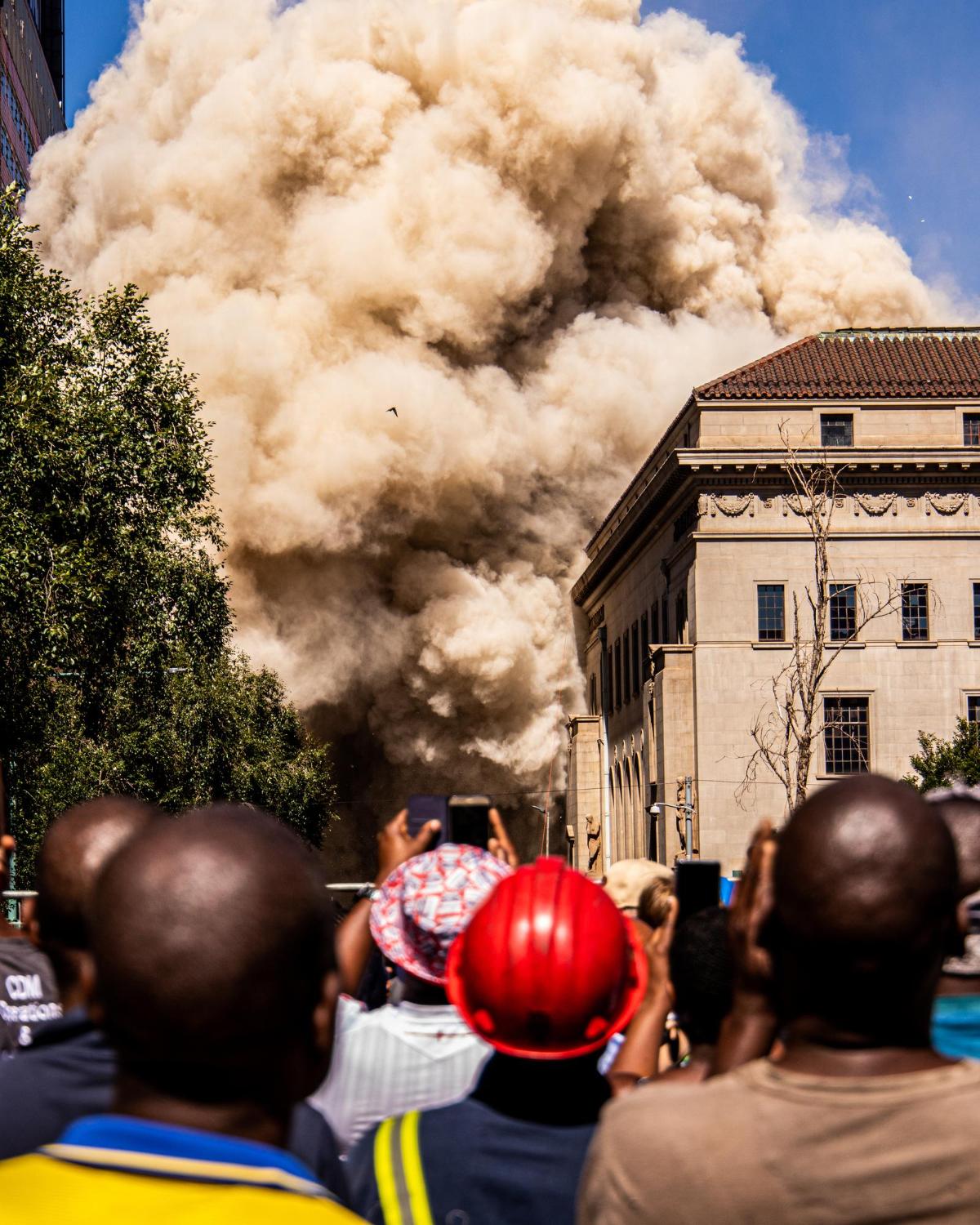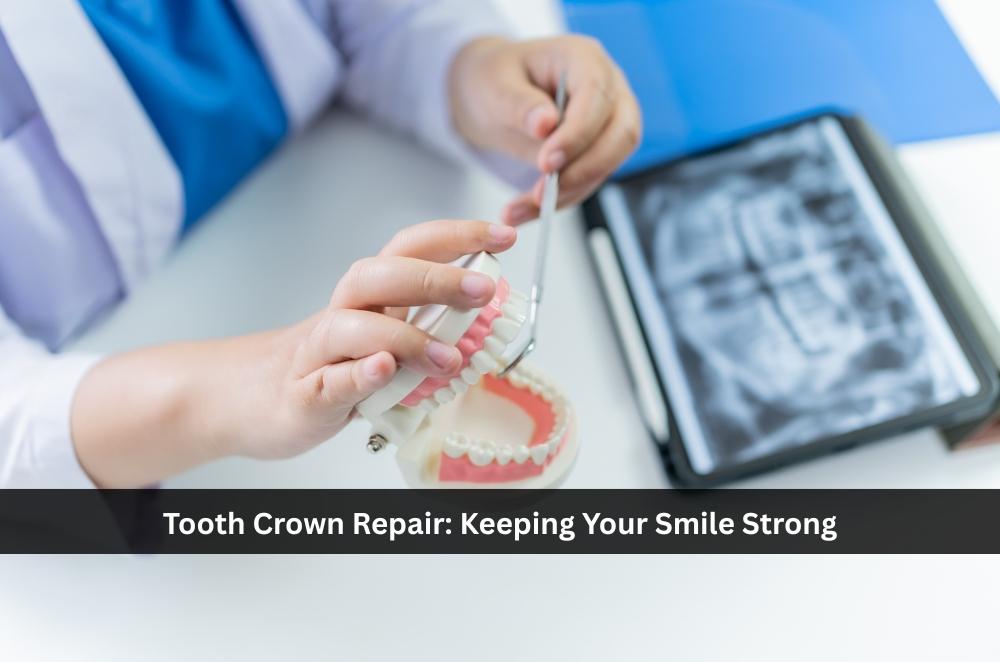Understanding Storm Damage Restoration: A Comprehensive Guide for Homeowners

Storms can be a destructive force of nature, leaving behind significant damage to homes and properties. From strong winds and hail to flooding and falling trees, storm damage can vary in severity, but one thing remains constant: the need for effective restoration. Storm damage restoration is a crucial process to bring homes back to a livable condition and prevent further complications. This article aims to shed light on the storm damage restoration process, the importance of timely intervention, and how homeowners can manage the aftermath of a storm.
What Is Storm Damage Restoration?
Storm damage restoration refers to the comprehensive process of repairing and restoring a property that has been impacted by a storm. Whether it’s wind, hail, flooding, or other storm-related elements, restoration is a necessary step to ensure the home’s structural integrity and to prevent further damage. This process typically involves several phases: damage assessment, clean-up, repair, and prevention.
The extent of the damage may vary, but the need for professional restoration services is often imperative to prevent further damage from water, mold, or compromised structural components. While minor repairs can be handled by homeowners, significant storm damage typically requires the expertise of specialized restoration professionals.
The Types of Storm Damage
Storms can cause a variety of damages, and understanding these types is essential for effective restoration. Some of the most common types of storm damage include:
1. Wind Damage
High winds, especially during hurricanes or tornadoes, can cause extensive damage. Roofs may be torn off, windows shattered, and trees uprooted. Wind damage may lead to leaks, allowing water to penetrate the home’s interior and cause further issues like water damage and mold growth.
2. Water Damage
Heavy rain or flooding is one of the most common causes of storm-related damage. Water intrusion can lead to significant property damage, particularly if the water enters the home’s foundation. Prolonged exposure to water can weaken structural elements, rot wooden components, and promote mold growth. Proper storm damage restoration helps to mitigate these risks and prevent long-term issues.
3. Hail Damage
Hailstorms can create a variety of problems for homeowners. Hailstones can crack windows, damage roofs, dent cars, and even affect siding. Though the damage may seem minimal at first, over time, the impact of hail can lead to leaks and other forms of deterioration.
4. Tree Damage
Fallen trees are another common aftermath of storms. Trees can crush roofs, damage power lines, and create further hazards if not promptly removed. In addition to removing the fallen trees, storm damage restoration may involve repairing structural damage caused by the tree’s weight and impact.
5. Lightning Damage
While rare, lightning can cause fires, electrical damage, and significant structural issues during a storm. The force of a lightning strike can affect electrical systems, appliances, and wiring, requiring thorough inspection and repair during the restoration process.
Why Storm Damage Restoration Is Important
Proper storm damage restoration is vital for several reasons. Not only does it return a property to its original state, but it also protects the home and its inhabitants from further harm. Below are some key reasons why timely restoration is crucial:
1. Prevent Further Damage
After a storm, the damage left behind can worsen if not promptly addressed. Water damage, for example, can lead to mold growth within 24–48 hours. If left unchecked, this can spread to other areas, creating a more significant health risk and increasing repair costs. By acting quickly, homeowners can prevent additional damage and costly repairs.
2. Ensure Safety
Damaged structures pose risks to residents. A compromised roof or weakened walls can collapse, while exposed electrical wiring can lead to fires or electrocution. Storm damage restoration helps secure the property and ensure the safety of its inhabitants.
3. Preserve Property Value
Storm damage can severely affect a home’s value. Neglecting repairs can lead to further deterioration, making the home more difficult to sell in the future. Timely storm damage restoration helps preserve the property’s market value and aesthetic appeal.
4. Insurance and Financial Protection
Most homeowner’s insurance policies cover storm damage, but insurance claims often require detailed documentation and a clear plan for restoration. Restoration professionals can assist with these tasks, ensuring that the damage is properly assessed and the necessary steps are taken to receive compensation. Without restoration, homeowners might face difficulty in proving the extent of the damage or even risk losing their coverage.
The Process of Storm Damage Restoration
The process of storm damage restoration can be broken down into several key steps. Each stage is essential in ensuring that the property is thoroughly inspected, repaired, and protected from further damage.
1. Initial Assessment
The first step in storm damage restoration is a thorough inspection of the property to assess the extent of the damage. This includes identifying visible damage such as broken windows, missing shingles, or fallen trees, as well as hidden damage, like water intrusion or compromised structural integrity. Professionals will document the damage and take photographs, which are essential for insurance claims.
2. Board-Up and Tarping
Once the damage has been assessed, it is crucial to secure the property to prevent further exposure to the elements. This may involve boarding up windows, placing tarps over the roof, and ensuring that exposed areas are sealed. This step helps minimize additional damage and keeps the property safe from wind, rain, or animals.
3. Water Removal and Drying
If flooding or water intrusion has occurred, the next step involves removing the standing water and drying out the affected areas. This is typically done with pumps, vacuums, and industrial dehumidifiers. Prompt water removal is critical to preventing mold growth and reducing the risk of long-term structural damage.
4. Cleaning and Sanitization
Storms often leave behind debris, dirt, and contaminants. Restoration includes cleaning and sanitizing affected areas to ensure the space is safe and free from harmful bacteria, viruses, and pathogens. This is particularly important in cases of flooding, where water may have come into contact with sewage or other hazardous materials.
5. Repairs and Reconstruction
Once the property has been cleaned and dried, the next step is to begin the actual repair work. This may include fixing the roof, replacing siding, restoring windows, and repairing any structural damage. Depending on the severity of the damage, this can be a lengthy and complex phase.
6. Final Inspection and Prevention
The final step of storm damage restoration involves a thorough inspection to ensure all repairs are complete and that the property is safe to inhabit. Additionally, measures may be taken to prevent future storm damage, such as reinforcing the roof, installing better drainage systems, or upgrading windows and doors to withstand severe weather conditions.
Conclusion
Storm damage restoration is a critical service for homeowners facing the aftermath of a powerful storm. From assessing the damage to repairing structural components, the process ensures that homes are returned to a safe and livable condition. Timely restoration can prevent further damage, ensure safety, and help preserve property value. Homeowners should act swiftly when storm damage occurs and consider professional restoration services to minimize risks and protect their investments. By understanding the steps involved and the importance of restoration, homeowners can be better prepared for any future storms and their consequences.







